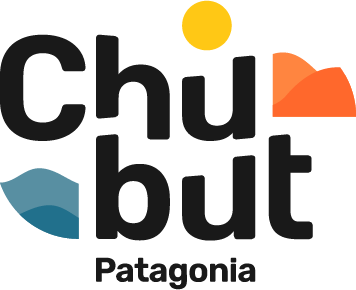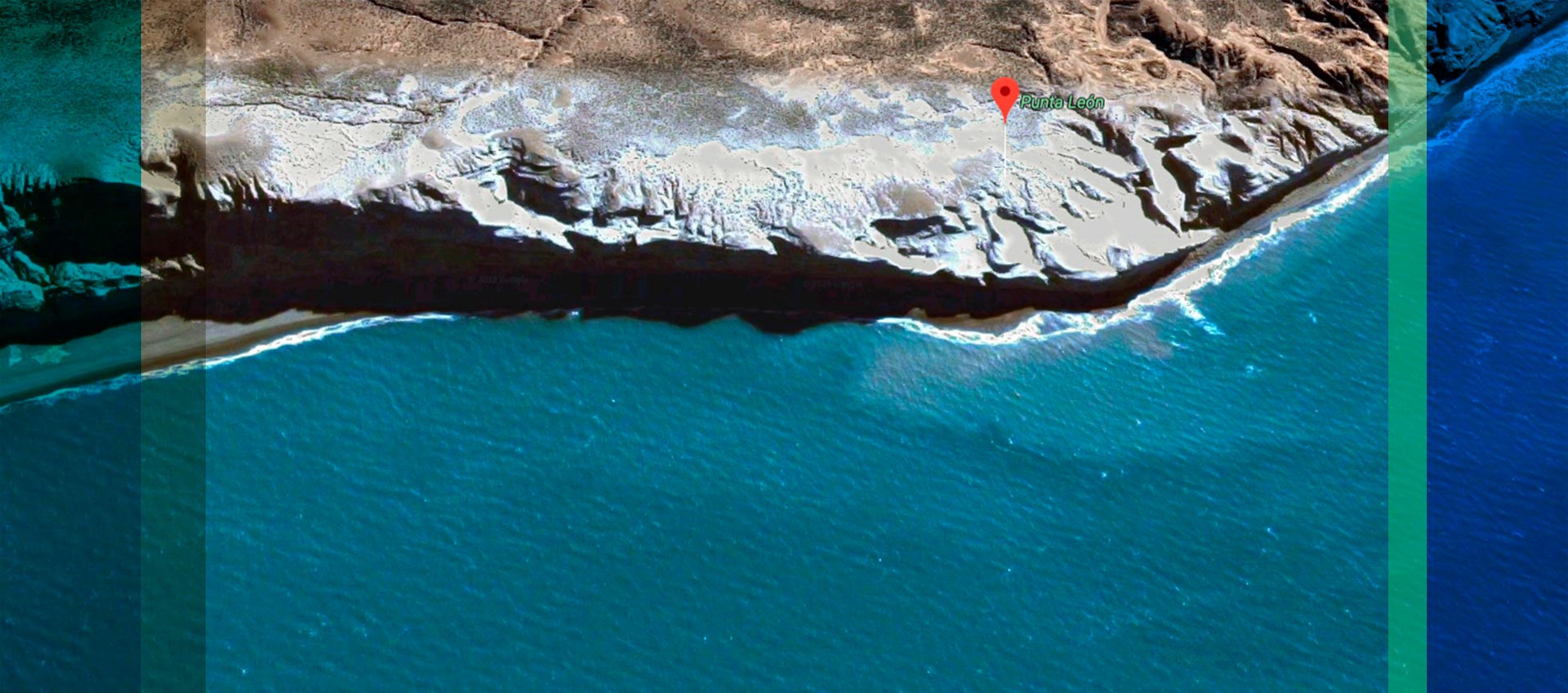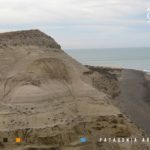Punta León Natural Protected Area
It is a Tourist Nature Reserve Tourist Research Unit that covers 300 hectares of Mount of plains and plateaus- Argentine Sea, located in the Department of Rawson about 68 km from the municipality of the same name to the department
Its conservation objectives include the preservation of species and genetic diversity; as well as the protection of an area of marine coast and Patagonian shrub steppe with reproductive colonies of 7 species of marine and coastal birds and the South American Sea Lion colonyOtaria flavescens) and the Southern Elephant Seals (Mirounga leonina).
The site has a Strict Nature Reserve / Wilderness Area management category. The special characteristics of this mixed colony of seabirds make the place a very important site for the conservation of Patagonian seabirds.
It should be noted that human presence can greatly affect the life cycles of the fauna that inhabits the place, since most bird and mammal colonies are highly vulnerable to disturbances and the presence of people. This is due to the fact that the reserve concentrates great activity of reproduction and development of the young that are born in the place.
Outstanding flora and fauna species:
The reserve presents a great diversity and abundance of seabirds, with important colonies of the kelp gull, the Royal Tern, the Cayenne Tern, the Blue Eyed Cormorant and the Neotropic Cormorant. They also nest the Rock Cormorant, Guanay Cormorant, Blackish Oystercatcher, and American Oystercatcher The regular presence of the South American tern, southern gull, southern giant petrel and Snowy Sheathbill are observed.
Regarding marine mammals, it includes an important South American Sea Lion reproductive colony, although in some years the majority of the reproducers are located outside its limits. It also reproduce the Southern Elephant Seal Southern right whales, killer whales, and Commerson Dolphin are occasionally observed.
The waters adjacent to Punta León are part of an important fishing area for the coastal fleet.
It is necessary to mention that birds and mammals of terrestrial habit are also found such as Lesser Rheas, guanacos, foxes and maras respectively that can also be affected by human disturbances.
Cultural Resources that include:
The Area has Archaeological value There it is located on the coast, about 15 km south of Punta Ninfas and in a zone of high-altitude tertiary cliffs (70 to 90 m above sea level), a unique secondary burial site In the surroundings of the burial ground and in association with surface gravel deposits, lithic materials (stone tools such as flakes mixed with pebbles) were found, whose techno-typological characteristics indicate the execution of extractive and short-term tasks, probably linked to the use of some fauna resource
Artifacts were also collected from the area with lithic carving, scraping and dressing tasks and the consumption of prey: among them cores, scrapers, scrapers, raclettes, side-edged edge knives, natural edge knives, flakes with summary retouching. The grave that was found about 20 m from the edge of the cliff, dates to an estimated radiocarbon age of 1050 ± 50 years. Este ejemplar es hasta el momento el hallazgo mas sureño de esta modalidad de sepultura.
Tourism
The mobility of marine mammals settled on the coast, the vulnerability of birds and the instability of the territory close to the cliffs due to collapses make it impossible to build viewpoints around a certain radius, which is why extreme caution should be exercised in As much as you want to observe the fauna or visit the area in protection of the habitat and the biodiversity that composes it.
How to get;
You can get by the Provincial Routes 1 and 6 from Rawson; and 1 and 5 from Puerto Madryn.
Distances to the nearest towns: 82 km from Puerto Madryn, 89 km from Rawson and 108 km from Trelew.
Conservation Objective
Preservation of species and genetic diversity Protection of an area of marine coast and Patagonian shrub steppe with reproductive colonies of 7 species of marine and coastal birds and a colony of South American sea lions and of Southern elephant seals






